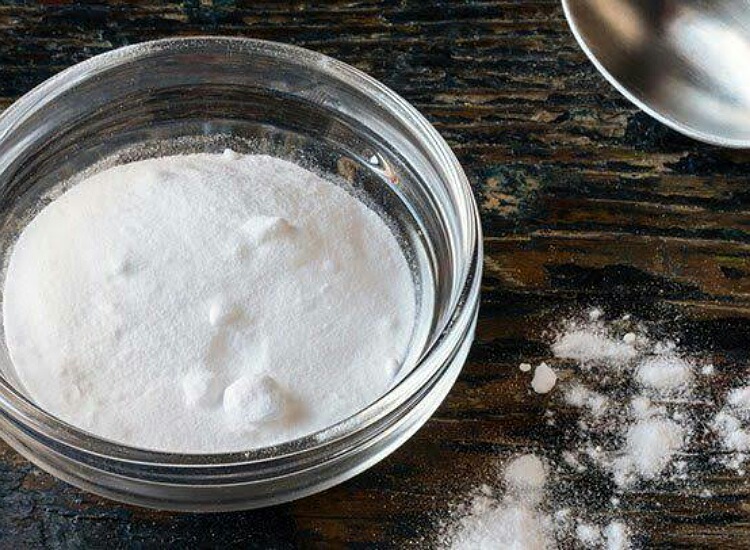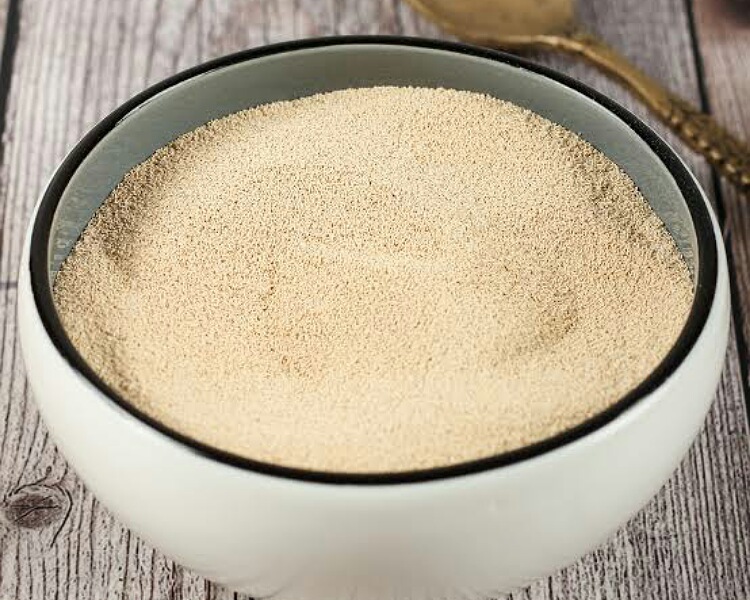Baking soda, baking powder and yeast are all leavening agents. Often, people misunderstand one for the other and replace it in a recipe. But this could affect the recipe considerably. Therefore it is important to know the difference between these three so that we do not swap one for the other and cause a food disaster.
Baking soda or sodium bicarbonate: the quick leavening agent
Baking soda is a common leavening agent. Its natural form is crystalline. For baking purposes, bakers use its ground form. This acts quickly and therefore preferred in quick bake foods such as cakes, muffins, scones, pancakes and in some fried foods too.

On contact with an acid, the alkaline baking soda produces the gas carbondioxide. This emerges from the mixture as bubbles. The acid added can be as lemon juice, yoghurt, buttermilk, vinegar, cream of tartar or coffee. One has to bake the batter quickly after that.
But in case of cookies, the acid is from dry substances such as brown sugar or cocoa powder. Hence the reaction actually takes place in the oven. And that’s the reason that one can keep the cookie dough in the refrigerator for some time.
The other actions of baking soda include increasing baked food pH, thickening it, weakening gluten, and increasing tenderness.
Its four times stronger than baking powder. Therefore, small amounts are sufficient. Too much of it gives a bitter taste to the food and a metallic aftertaste.
Baking powder
This powder is a mixture of baking soda with cream of tartar, and even cornstarch. It can be single acting or double acting. In single acting, the chemical reaction to form carbondioxide starts once the baker adds water to the mixture.

This is because of the reaction of baking soda in the baking powder with the acid in it. Therefore, it is commonly used in recipes where additional acid like yoghurt is not added.
The double acting baking powder has two acids in it: monocalcium phosphate and sodium acid pyrophosphate or sodium aluminum sulfate. The first acid reacts with baking soda of baking powder on contact with liquid. And the second acid reacts with the baking soda only when the batter is wet and hot. That means when the mixture enters the oven.
When the mixture has an acid and volume is large and the preparation will take long, both baking soda and baking powder are added for best results. The end product is soft and fluffy.
Yeast
Yeast is similar to baking powder in slowness of action. But the time for yeast to produce results is longer. Also, yeast reaction is a biological one while the reaction of baking powder is chemical in nature.
Yeast are single celled organisms. They imbibe sugar and release carbondioxide. This leavens the dough. These unicellular product is fresh or dried. When purchased it has to have shelf stability. Therefore the yeasts are in a dormant state. In order to activate it, the bakers use warm liquid and some sugar.

The active yeast then use the sugar and release CO2. They strengthen the gluten and make the baked food chewer and tastier. If the baked food has no gluten, the CO2 is lost to air and the loaf becomes denser. The bread gets flavor due to the fermentation process of yeast.
Read more: 6 old-fashioned and underrated foods that one should bring back into their kitchens!
If time is the concern and the batter has an acid, opt for baking soda. If batter has no acid opt for baking powder. If volume is large, opt for baking powder. If you want a flavor, go for yeast.
